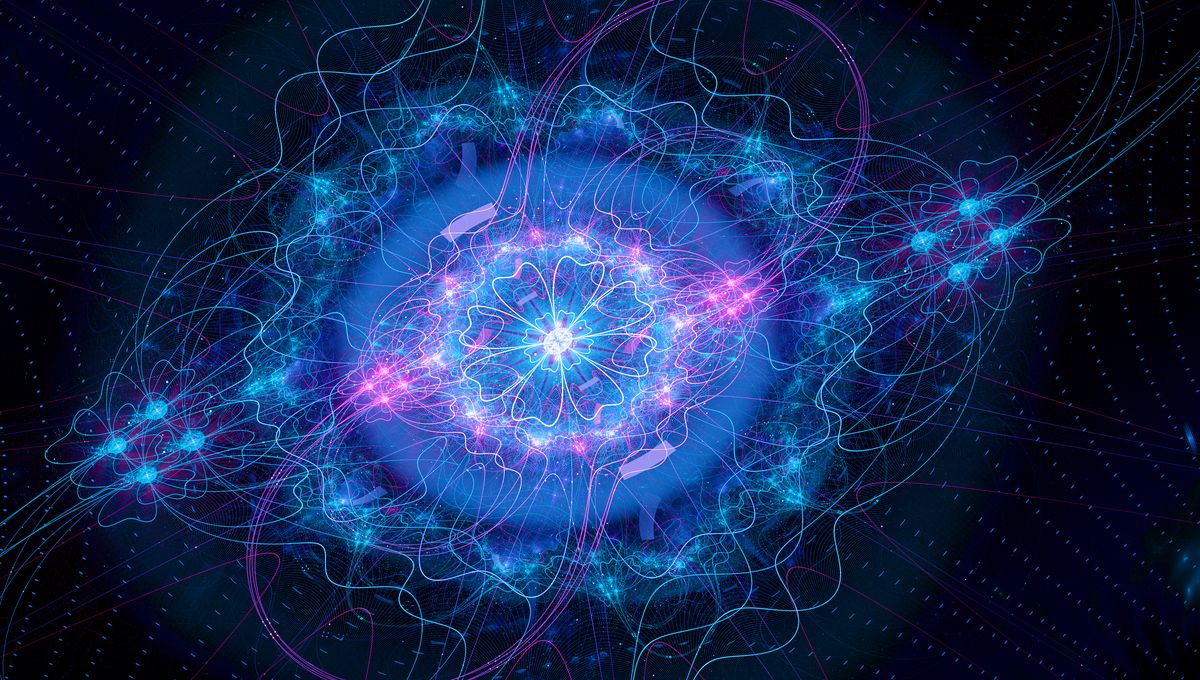
CERN’s ATLAS Collaboration has released a new measurement of the mass of the Higgs boson with a precision of 0.09 percent. Since the Higgs’ mass is one of the fundamental parameters that defines many aspects of the universe, this sort of precision can improve our understanding of many other particle interactions.
For decades the Higgs boson was the great white whale of particle physics, the last particle in the Standard Model to be found. The Large Hadron Collider was built largely to find it. In 2012 it was found with sufficient certainty to satisfy the physics community, leading to the awarding of the 2013 Nobel Prize. Nevertheless, those findings still involved considerable uncertainty regarding the Higgs’ mass, possibly the most important thing we could learn about it other than its existence.
Since then, there have been several efforts to narrow down the possible mass range further, with this latest result the most successful yet.
Masses for subatomic particles are measured in electron volts, which sounds confusing until you remember that by Einstein’s famous equation, energy and mass are equivalent, other than the multiplier of the speed of light squared. According to the new result, the Higgs’ mass is 125.11 ± 0.11 gigaelectron volts (GeV).
This puts the Higgs’ mass near the bottom of the 2012 announcement, which placed it between 125 and 126 GeV. Previous work had identified that for the Higgs to be the particle we thought it was, it needed to have mass between 114 and 143 GeV, so the true value turns out to be quite near the middle of that range.
Peter Higgs, after whom the particle was named, and collaborators concluded the Higgs was necessary because there had to be a particle that carried the Higgs Field. This would confer mass on many particles, particularly the W and Z particles that transmit the weak nuclear force. Without such particles, the universe simply wouldn’t work.
That was in 1964, and the search for it took almost 50 years, followed by another decade and counting to refine the mass further. The exact value of the mass shapes the way the Higgs interacts with other particles, framing what we anticipate and where we look for many other aspects of physics today, and in the universe’s first moments.
It might seem a simple matter to find and measure the mass of such a vital particle, but a key feature of the Higgs is that it doesn’t last very long. Its expected lifetime is around 10-22 seconds. Consequently, we never get a look at the Higgs itself, only reconstructing it from the products it decays into.
In this case, the measurement was made by first slamming protons together at great speed to make Higgs bosons, then observing their breakdown. The decay took place through two channels, either to high-energy gamma rays or to a real and virtual Z boson pair, which then decay to four leptons, each of which was measured.
The study is to be published in Physical Review Letters and a preprint is available on ArXiv.org.
Source Link: Most Precise Measurement Of The Higgs Boson’s Mass Defines Universe’s Parameters